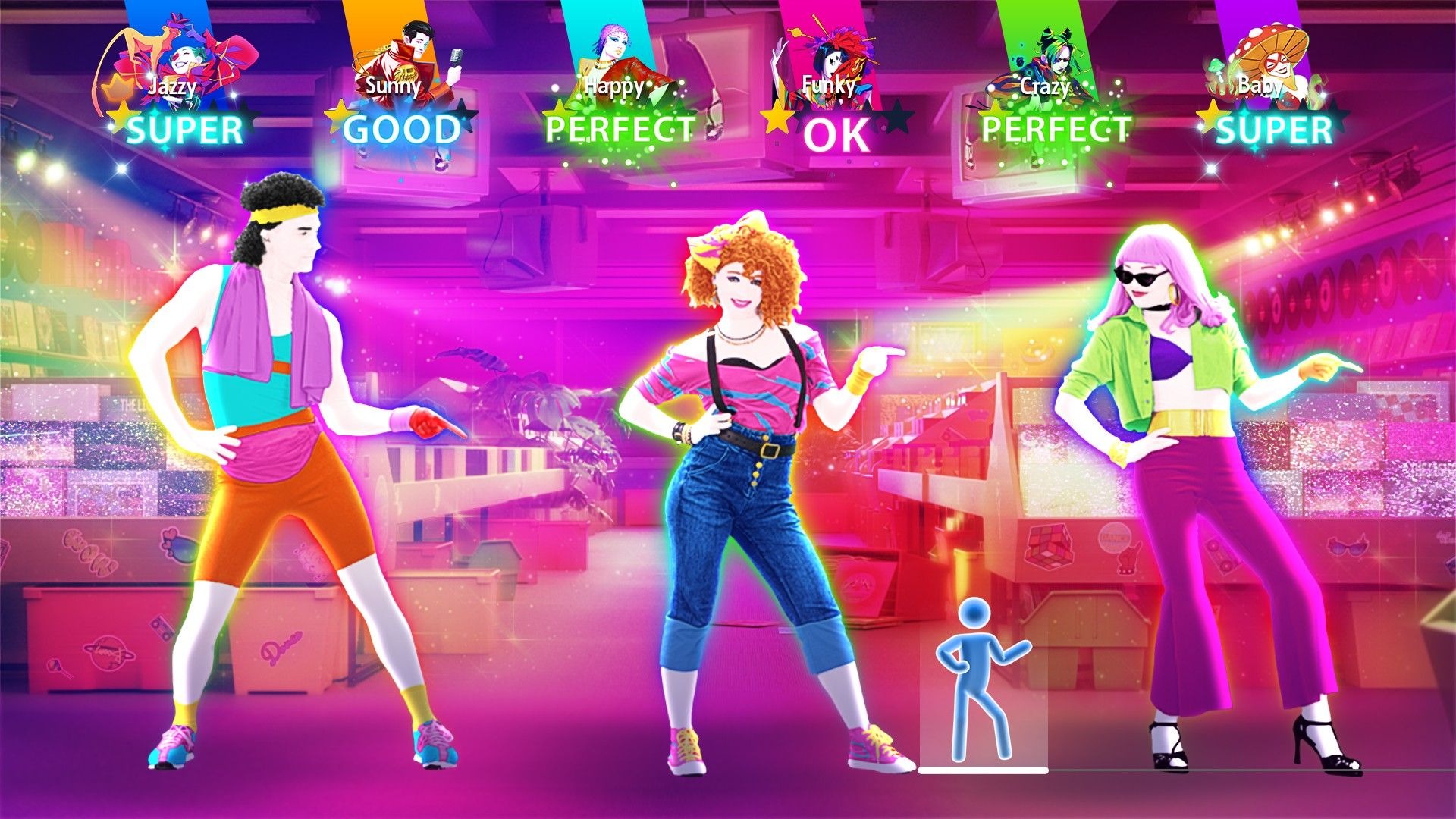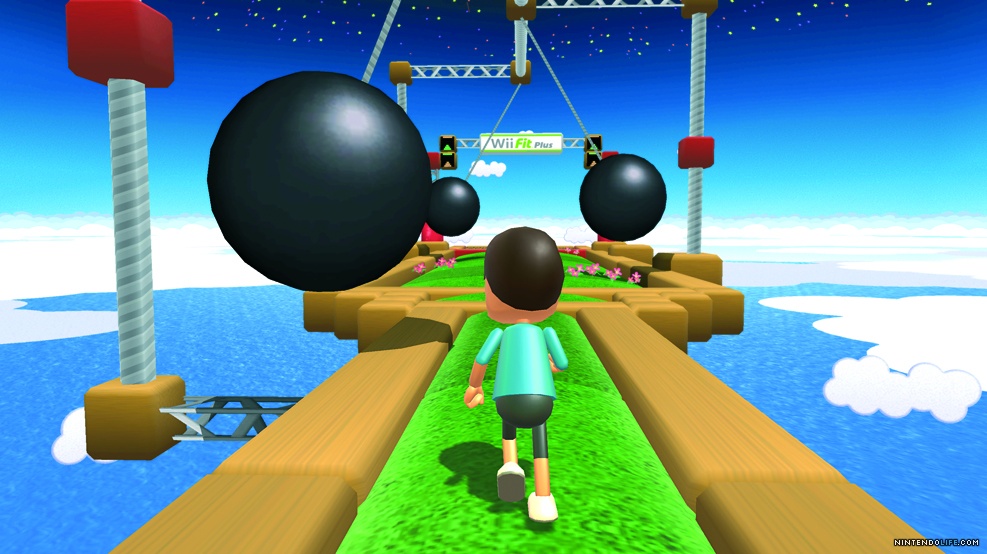Just Dance: Real Workout or Just Mindless Fun?
 Post thumbnail
Post thumbnail Though Just Dance doesn’t claim to be a workout game, for some, it’s the workout that keeps them coming back for more.
Making fitness entertaining is vastly underrated. You won’t need motivation when you associate exercise with having a good time.
The question is, can Just Dance provide you with a cardio workout that’s worthy of your time? Let’s look deeper into that.
